Double emulsion for the generation of microcapsules - a Review
In this white paper, we synthetized the production of microcapsules of various materials ranging between 40µm and 250µm. The microfluidic system is described below, along with the chemicals used and the optimal concentrations.
Controlled double emulsification process for encapsulation
Using droplet-based microfluidics as a method for generating microcapsules is of growing interest in the scientific community, as it offers great potential in delivering active pharmaceuticals ingredients (APIs). The molecule can be encapsulated in the core of the droplets, surrounded by a protective shell that enables the transport of the drug to specific locations of the body, while eliminating, unwanted secondary effects and collateral damages.
While conventional bulk methods for the generation of microcapsules are limited by droplet polydispersity and high reagent loss, microfluidics offers a way to produce highly-monodisperse double emulsions with a higher encapsulation efficiency. Here, we present different ways to generate double emulsions for microcapsule production using the complex emulsion platform, developed by Secoya and equipped with our pressure-based flow control technology.
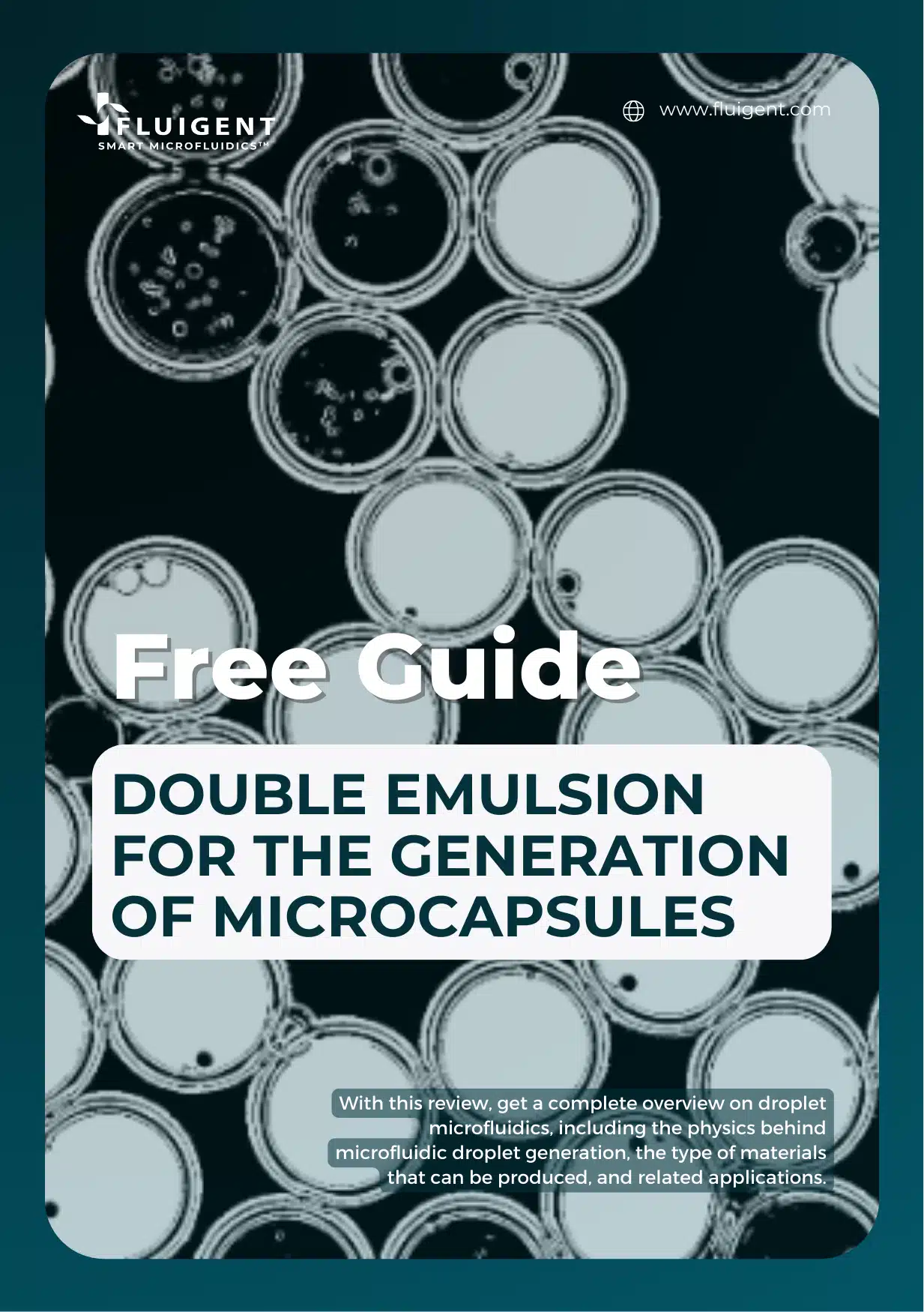
Download the white paper
* Required field.
TABLE OF CONTENTS
I. Terminology
II. Introduction
III. Equipment
a. The Raydrop
b. Microfluidic double emulsion platform
IV. Use case 1: Chitosan microcapsules
V. Use case 2: Agarose microcapsules
VI. Use case 3: Alginate microcapsules
VII. Use case 4: PLGA microcapsules
VIII. Use case 5: Polymethacrylate resins microcapsules
References
Next Webinar Incoming
Complex Microfluidic Emulsions: How to Optimize Production, Flow Control & Monodispersity
May 22, 2025 – Get the best of Flow Control Technologies to perform highly monodispersed droplets. Learn everything you need in our exclusive webinar.
✅ Precision in Emulsion Creation using the RayDrop from Secoya
✅ Mastering Flow Control through FlowEZ Pressure pump from Fluigent
✅Case Study: Fluorescent Complex Emulsions
May 22, 2025
Related Ressources
A quick and efficient double encapsulation method for FACS-based droplet sorting
PLGA nanoparticle synthesis using 3D microfluidic hydrodynamic focusing
Alginate Microbeads Production
10 Tips for Reliable Droplet Generation
Microfluidics in Drug Delivery: A New Era of Precision Medicine
Agarose microcapsules synthesis
Encapsulation of multiple emulsions in a single droplet
Other white papers
Related products
-
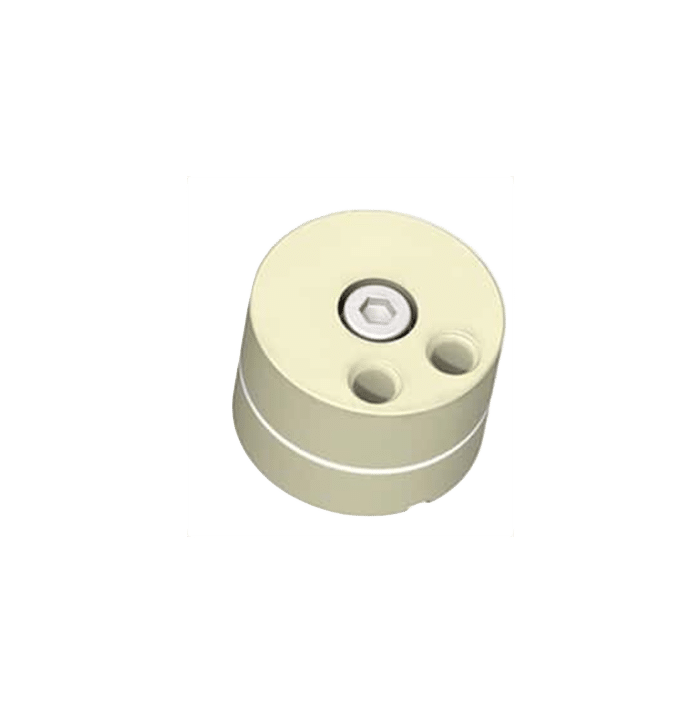 Bubble Trap Read
Bubble Trap Read -
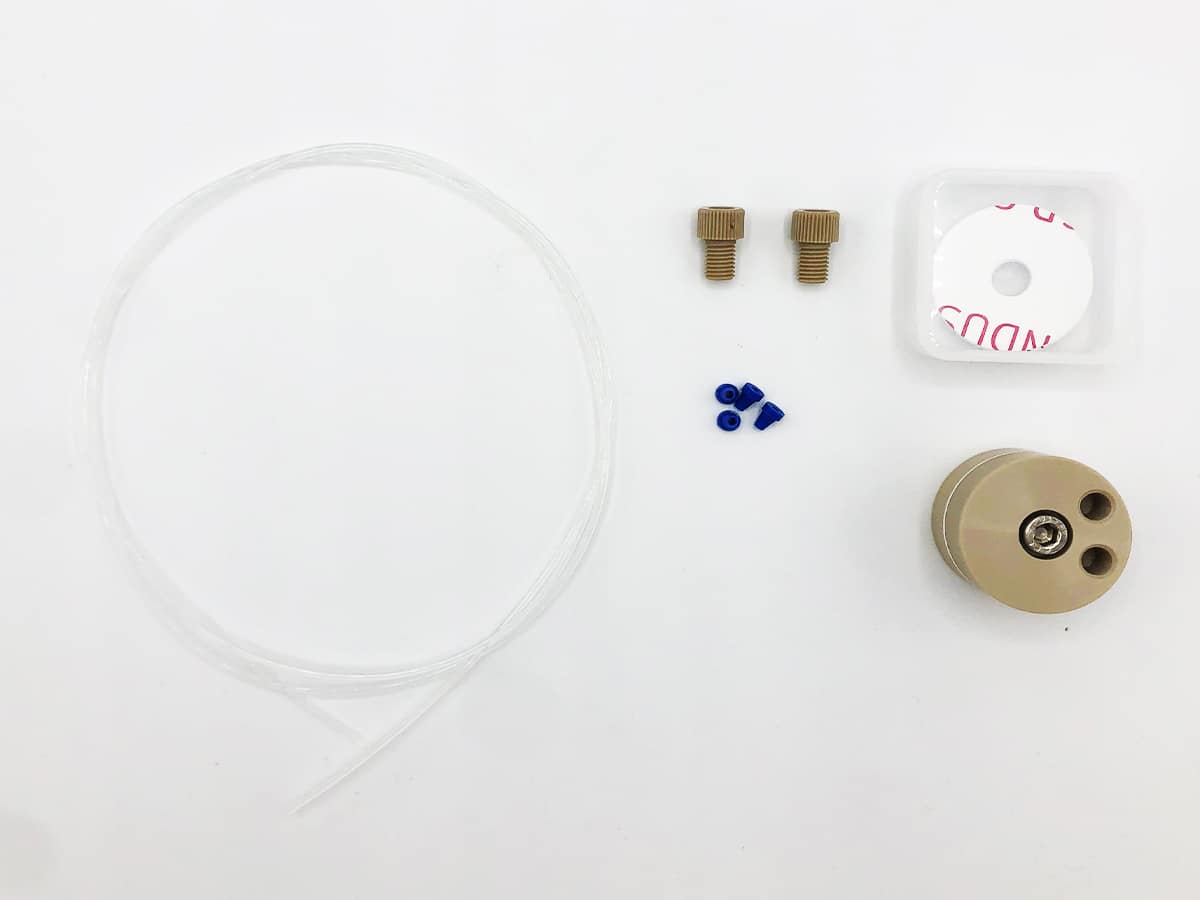 Bubble trap kit Read
Bubble trap kit Read -
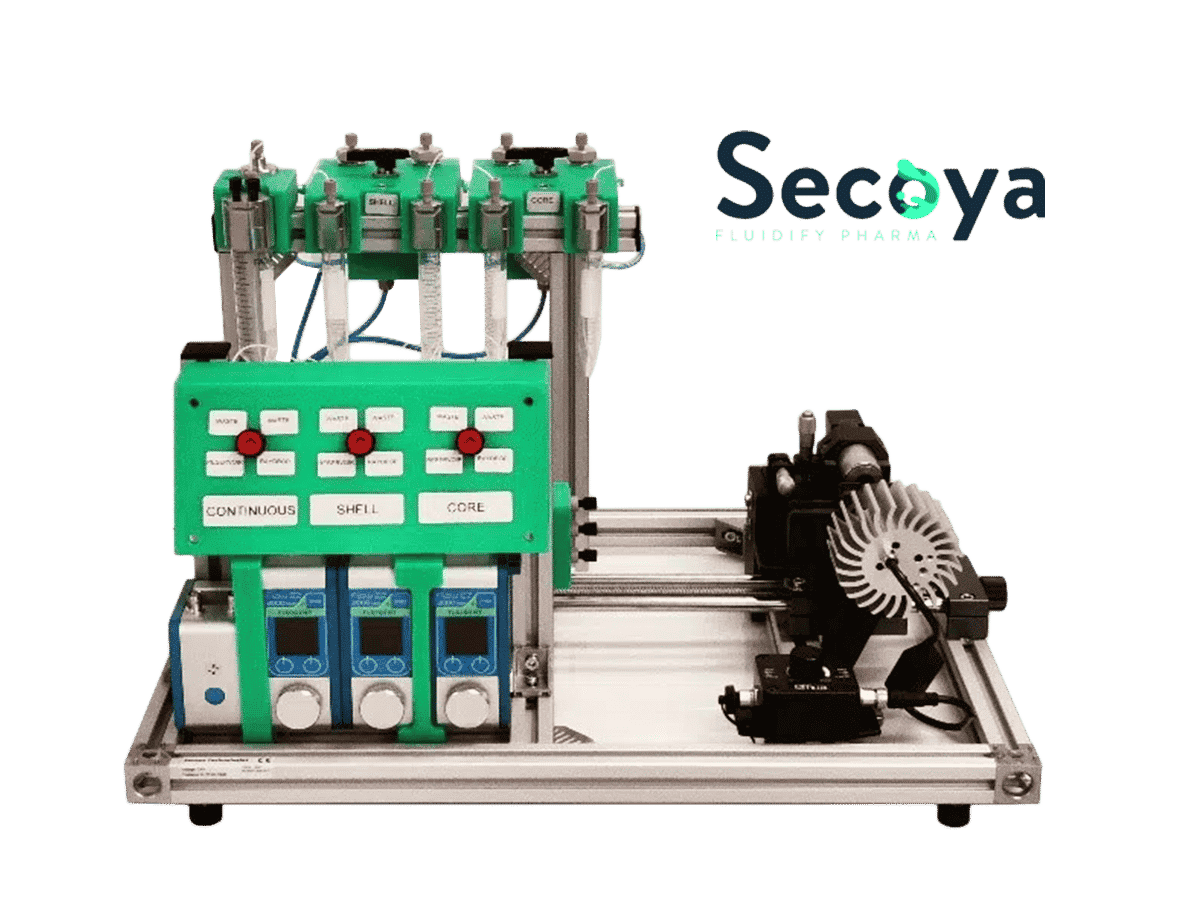 UV-crosslinked microcapsule production platform Read
UV-crosslinked microcapsule production platform Read -
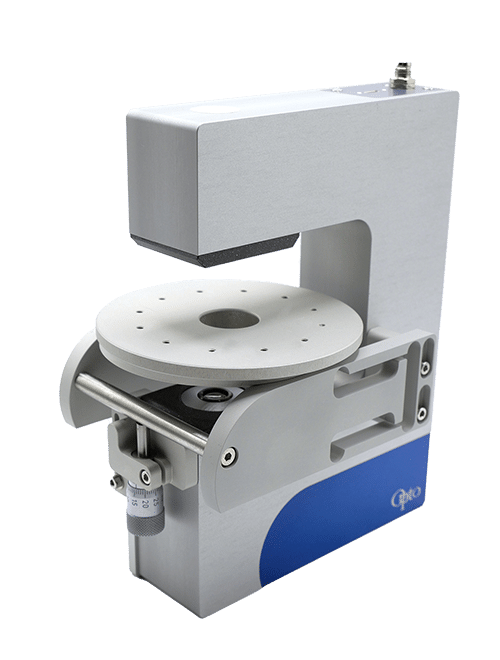 Digital High-speed Microscope Read
Digital High-speed Microscope Read -
 Encapsulation Platform for FACS Read
Encapsulation Platform for FACS Read -
 Microfluidic Complex Emulsion Production Platform Read
Microfluidic Complex Emulsion Production Platform Read -
 Microfluidic flow controller Read
Microfluidic flow controller Read -
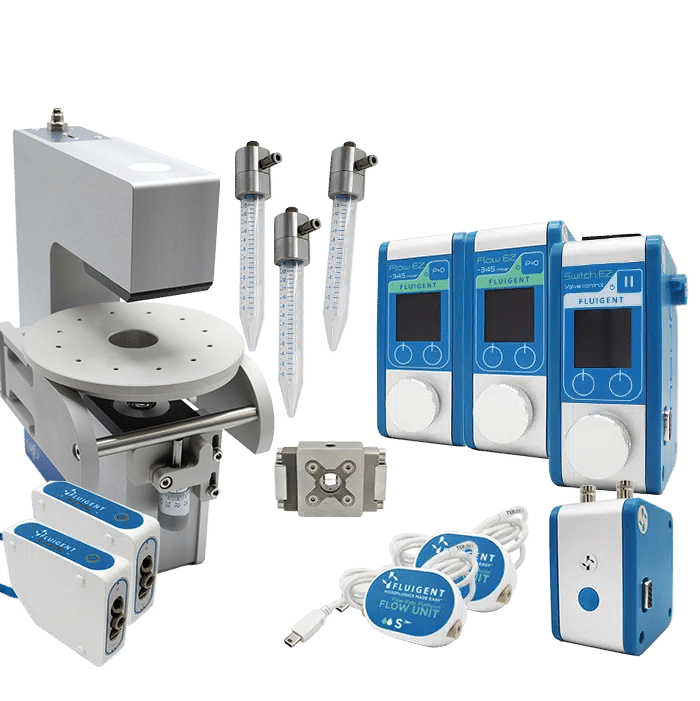 PLGA Microparticle Production Pack (Automation Pack) Read
PLGA Microparticle Production Pack (Automation Pack) Read -
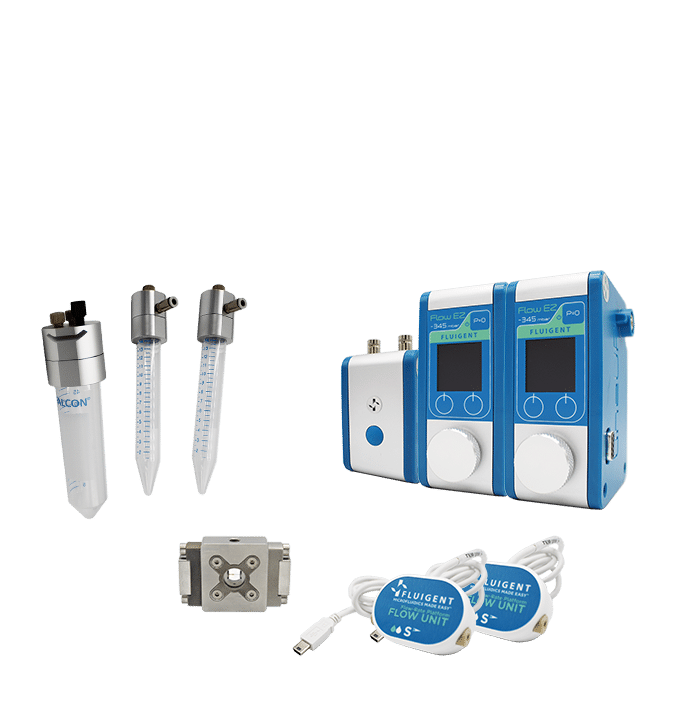 PLGA Microparticle Production Standard Pack Read
PLGA Microparticle Production Standard Pack Read -
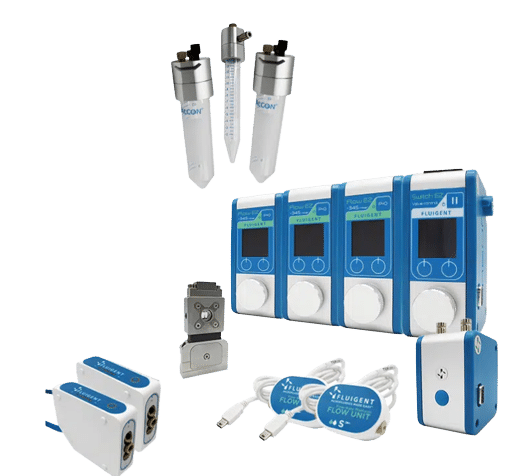 Double Emulsion Generation Pack Read
Double Emulsion Generation Pack Read -
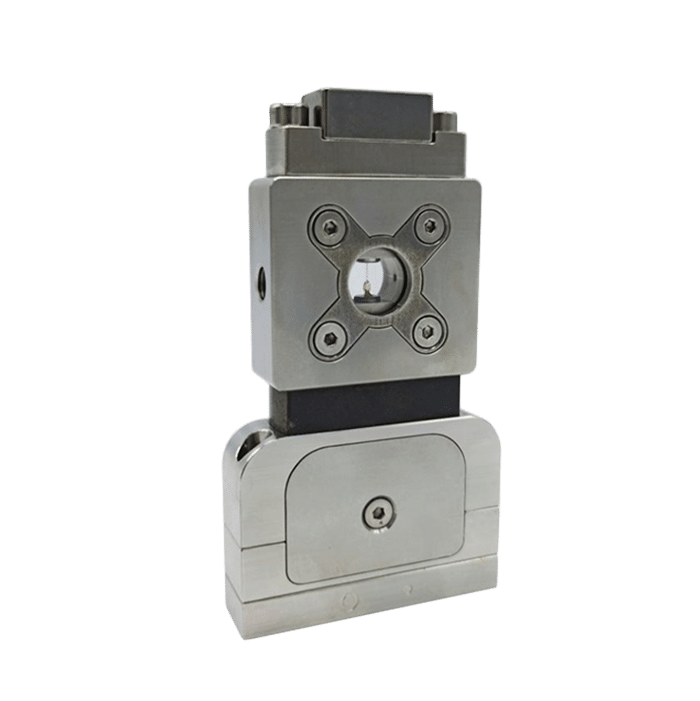 Microfluidic Double Emulsion Device Read
Microfluidic Double Emulsion Device Read